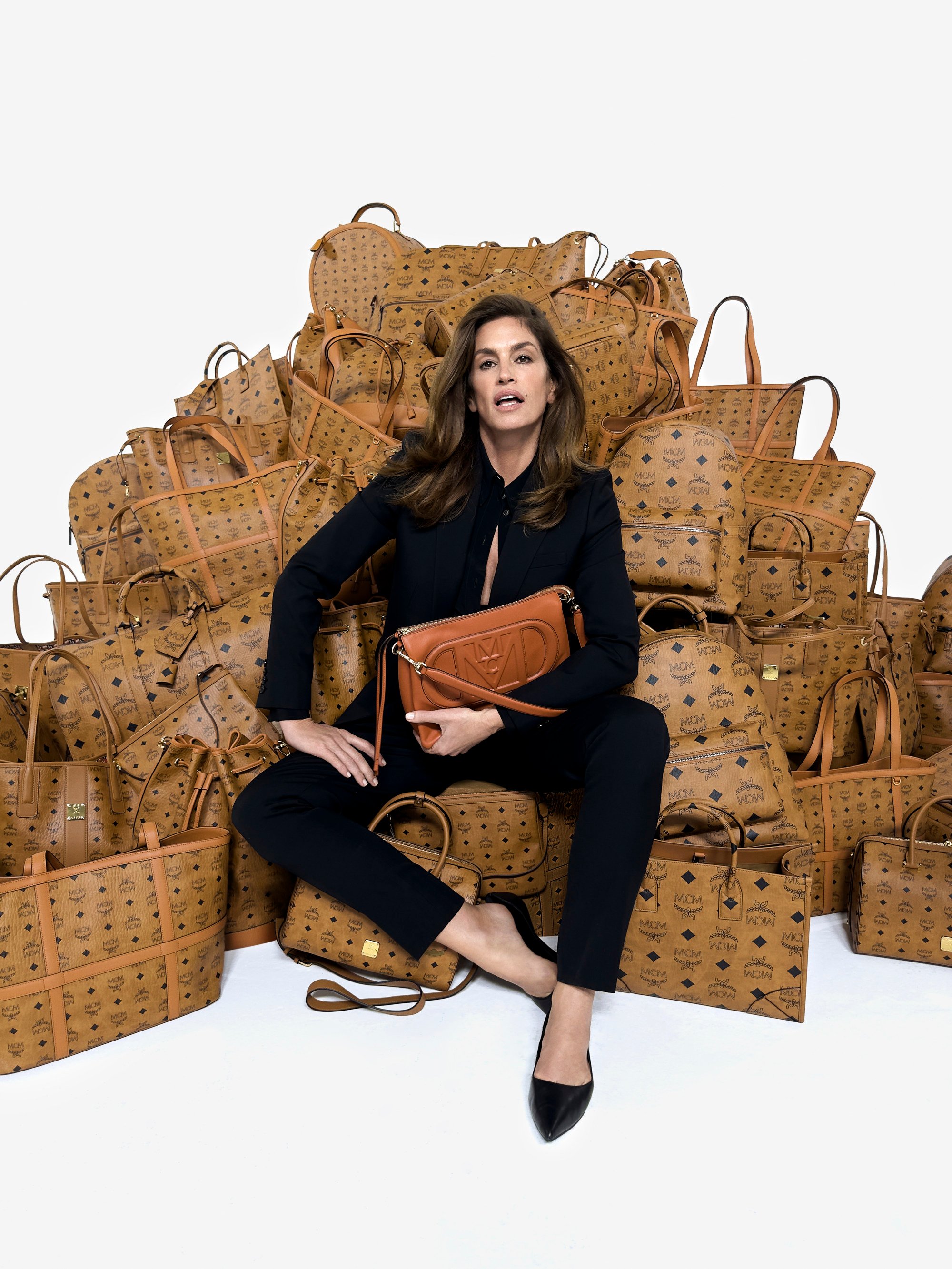She’s also leading expansion into categories such as eyewear and fragrances, and launching accessories made of Mirium, a new plant-based and plastic-free material.
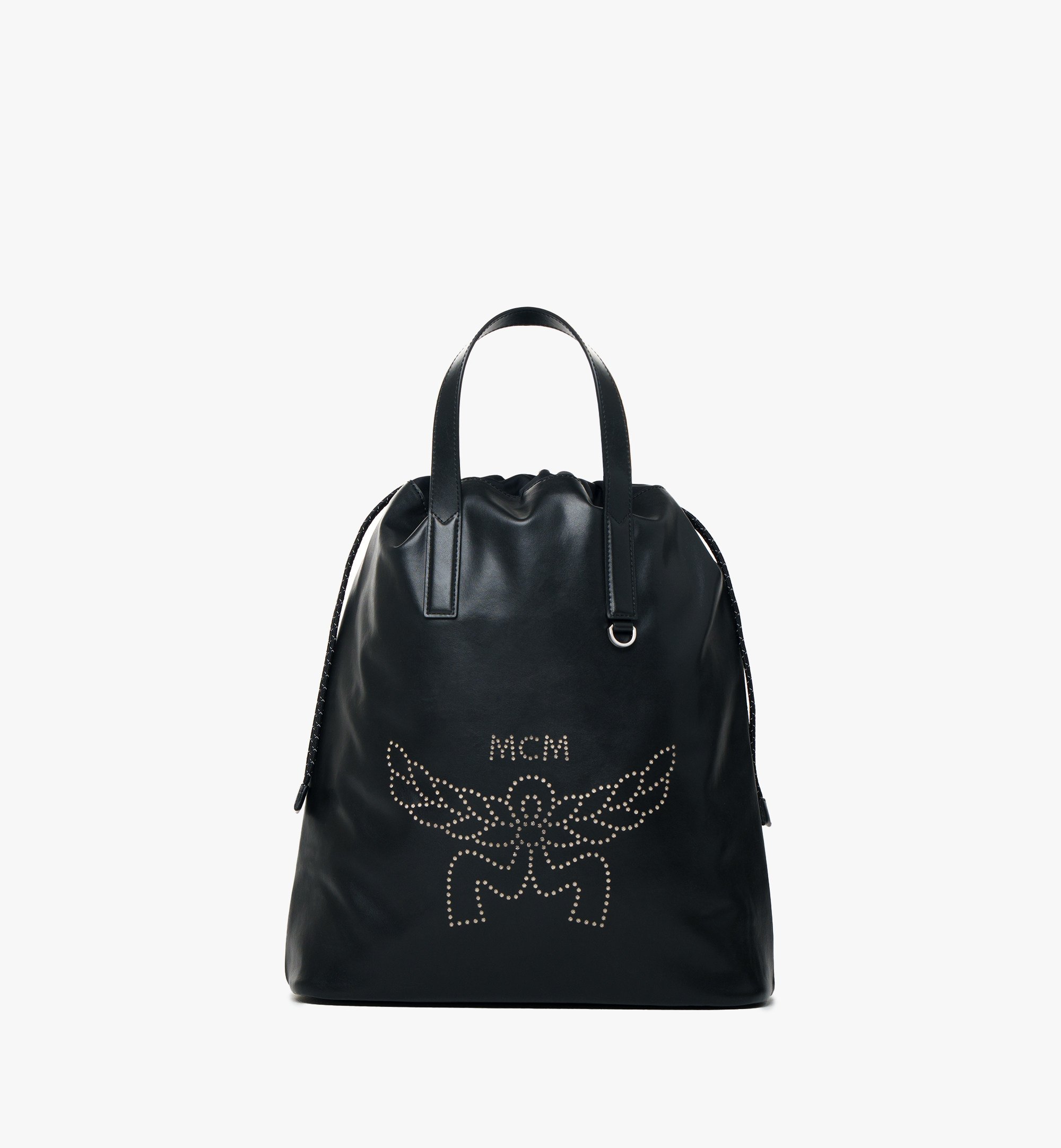
What was your perception of MCM before the company, and what was the first thing you did after you came on board?
I knew the brand because of my years in Hong Kong. The brand is very popular in Asia and I thought, what can I do with this brand? I went to look at the history and heritage, and I realised that I didn’t know anything about all that. The first thing we did at our first presentation in Milan was to have an exhibition to show all the heritage behind the bags. We wanted to show all those elements so that people knew that MCM is a true brand. People today are looking for something that is true and has quality.
How do you combine history with relevancy and buzz for younger generations?
The history of MCM is fun, first of all, with the music and the 70s and disco and the founder [Michael Cromer]. MCM was also in many TV series like Dynasty. Many people don’t know this.
Today we’ve been in more modern series targeting young people and are very active online, on social media and in gaming. We are very alert to what’s going on and try to stay ahead of the times.
Our product is also fun: it’s multifunctional and good value for money. It’s a smart product and ageless. We call it smart luxury.

What was the mandate from owner Sung-Joo Kim, chairperson of MCM?
She wanted to reposition the brand where it belonged. It was born as a luxury travel brand and then it started going more streetwear. We were very successful, but the market is shifting again now – so we repositioned the brand where it was originally, without killing the streetwear influence.
The way I see it is that, instead of doing streetwear clothes, we’re doing elegant clothes but for the street. Products you can use every day, easy to wear, long lasting, easy to match, not too branded and seasonless.
What role does ready-to-wear play at an accessories brand like MCM?
The ready-to-wear helps us when we have to shoot a campaign and present the products, because you have to have a total look and create an image. We have beautiful knitwear, leather jackets and T-shirts, which we sell in our stores. People are happy to find a great cashmere sweater that is better priced than at other luxury brands and still very high quality.
The team in charge of controlling quality is very big. I’ve never seen such a big team taking care of quality control at any other luxury brands I’ve worked for. The products really last for so long.
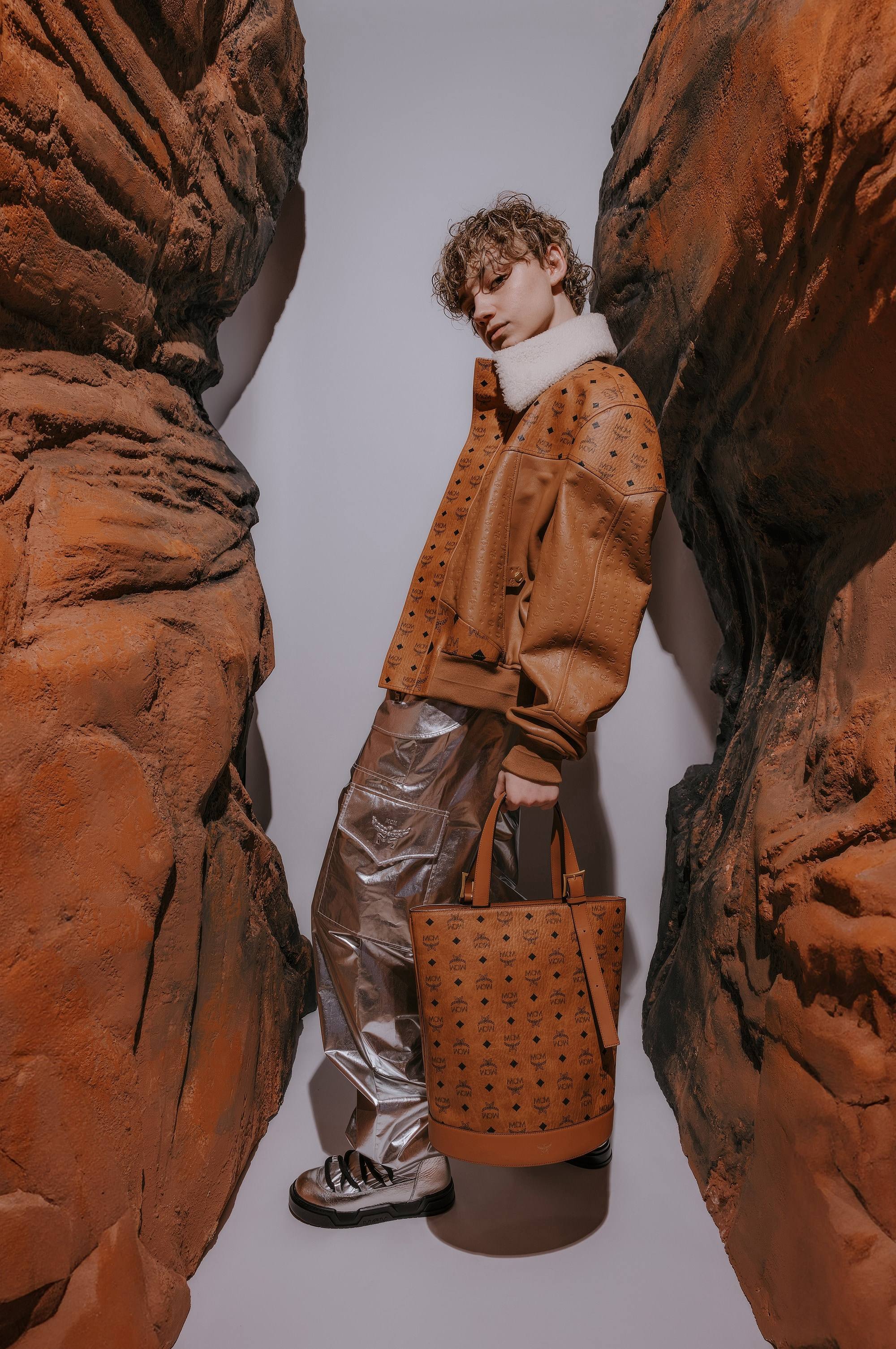
What about the signature item of MCM, the backpack?
The backpack is our DNA so every season we have a new one, which can be a different interpretation of the classic one. They’re multifunctional and can be worn in different ways. It’s a constant reinterpretation of the backpack. We play with materials, prints, collaborations.
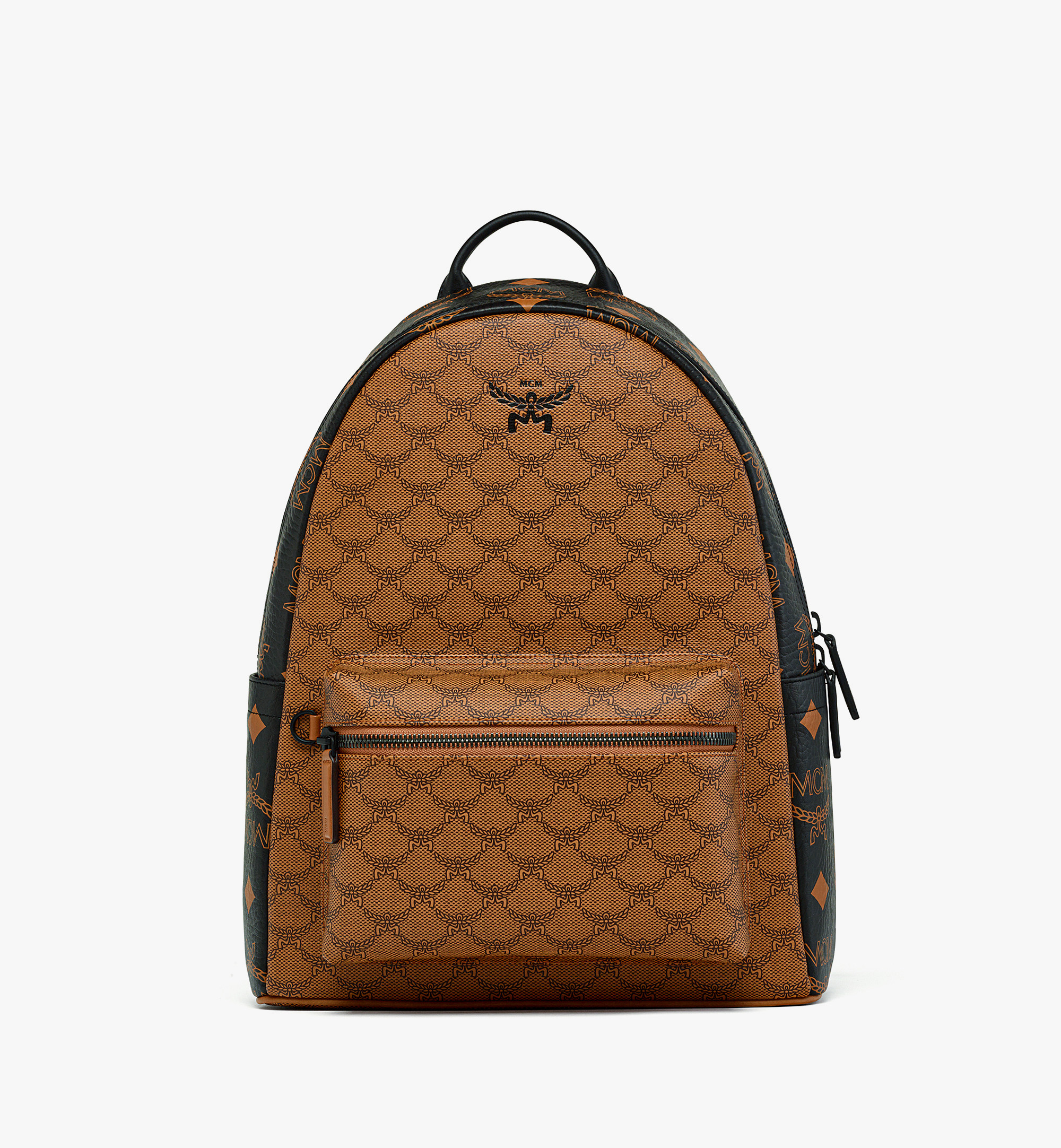
As a Korean-owned German company, MCM has a very global outlook.
It’s an asset because we chip in from different cultures. There are global visions and different approaches to the product. Are we thinking German because we need a piece of the heritage? And then the Korean mindset and vision, because Asians are the biggest consumers in the world. The way everyone chips in makes the product appreciated on a global level, which is not an easy thing.
The company before was very focused on Asia because of the success of the backpack and before that, America, because of the hip-hop and the logos. In Germany, it’s a heritage and luxury brand that they’ve known for 50 years. Now it’s becoming even more global, and that comes from the communication. Before it was driven too much by Asia or America and one or the other would always lose, but now everyone can really relate. The next markets we’re focusing on are Italy, Spain and France because in Asia we’re fully covered.
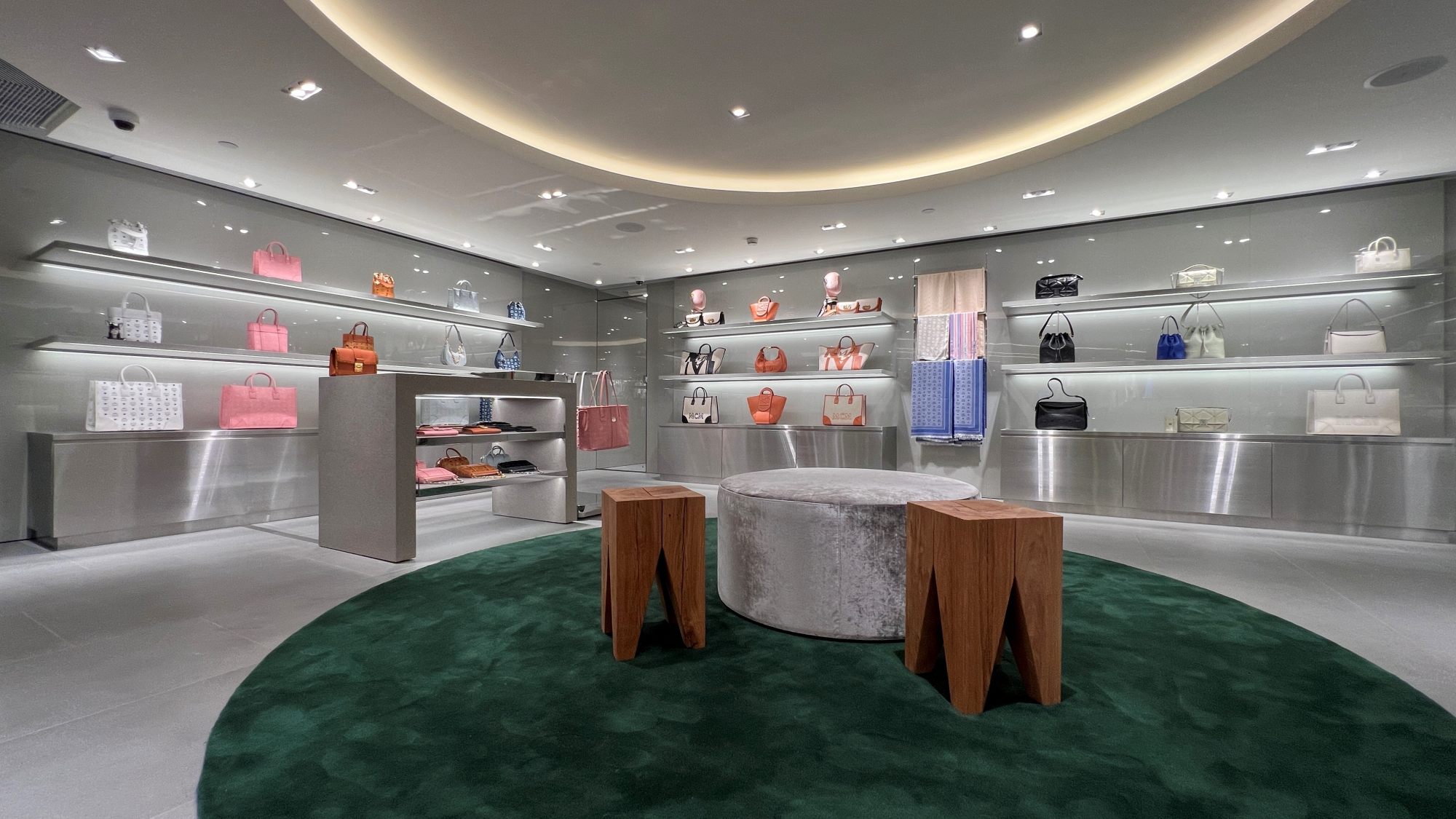
What about Hong Kong? How has business been there?
We only had a store in Times Square because we closed the one at Harbour City during Covid-19, but we recently reopened. It’s been very successful. The business is very good and it goes up every month. I’ve always been confident about Hong Kong. Hong Kong people are very resilient. Hong Kong is vibrant.
You spent many years living in Asia. How does that influence your job now?
Professionally, this is the best moment for me because I’m realising how, through this job, my entire network is coming together at every level: people like journalists, buyers, agencies, talent. We’ve also been able to attract talented people, which is very important, and they all want to join that challenge. That’s why we’re very successful.
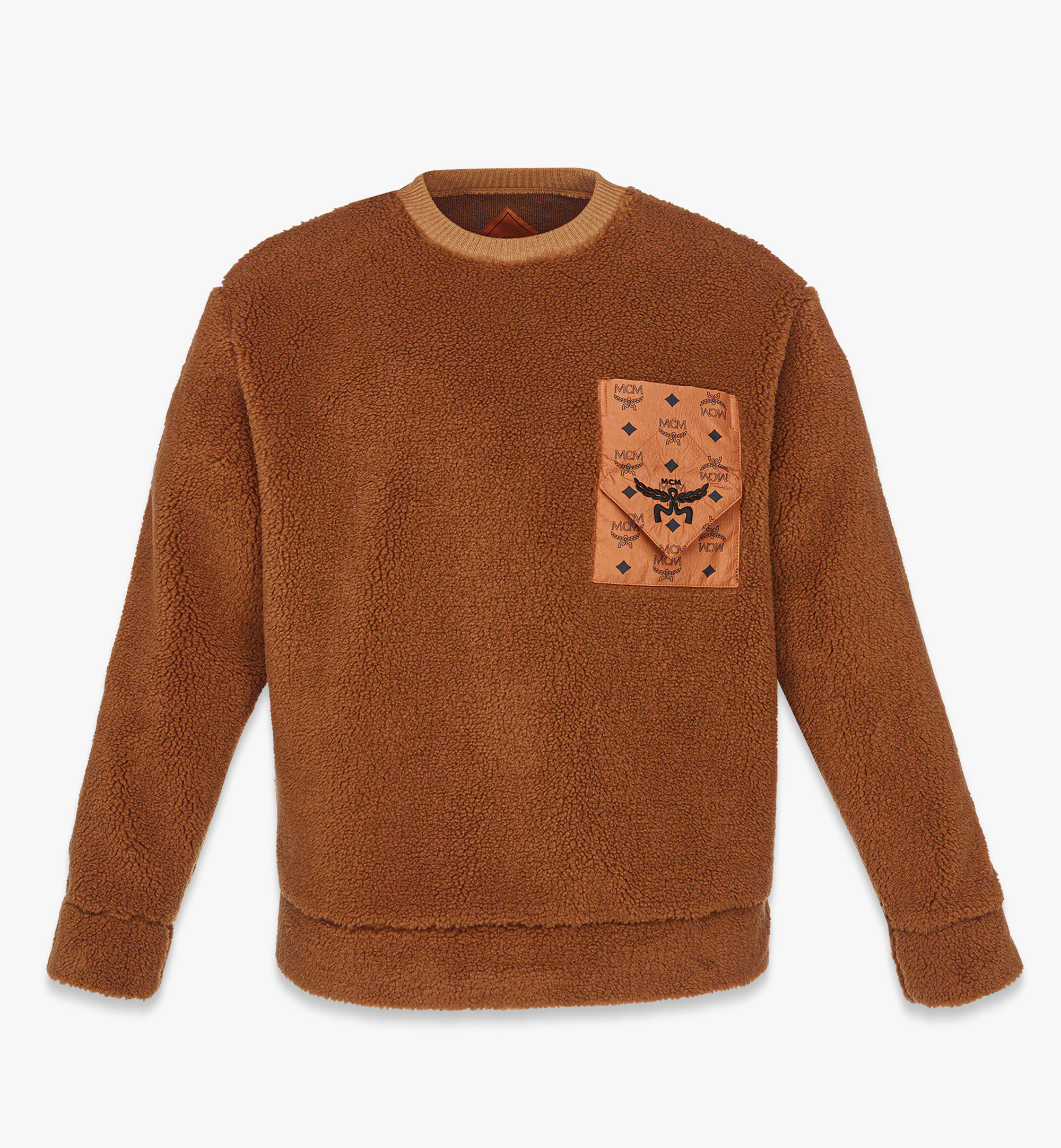
You seem to be very hands on when it comes to product.
Too much (laughs). We do a weekly call with the design team and I enjoy that, but I don’t want to interfere with the creative process. But we don’t have much room to do too many new things, so we need to make sure to do less, but better. It’s the right editing.
Someone recently told me that they’ve never seen a fashion company where someone with my title is involved at so many levels of the design process. I think it’s true; we shouldn’t be so involved, but I think I have a good eye. I learned from Diego Della Valle at Tod’s so I know about press, product, commercial. You learn from the stores and have to know everything. LVMH also does that.
Finally, can you tell me more about the campaigns you’ve been creating for the brand?
We trusted Fabien Baron to help us with that rebranding and rewrote the entire brand book. He and his team really helped us redefine the narrative, messaging and storytelling. We defined our MCM ambassadors as the MCM Mavericks because we’re a brand that is a bit enfant terrible. We don’t follow trends and go against the curve. We want people who want to show their own personalities, and don’t wear Chanel or Hermès head to toe.
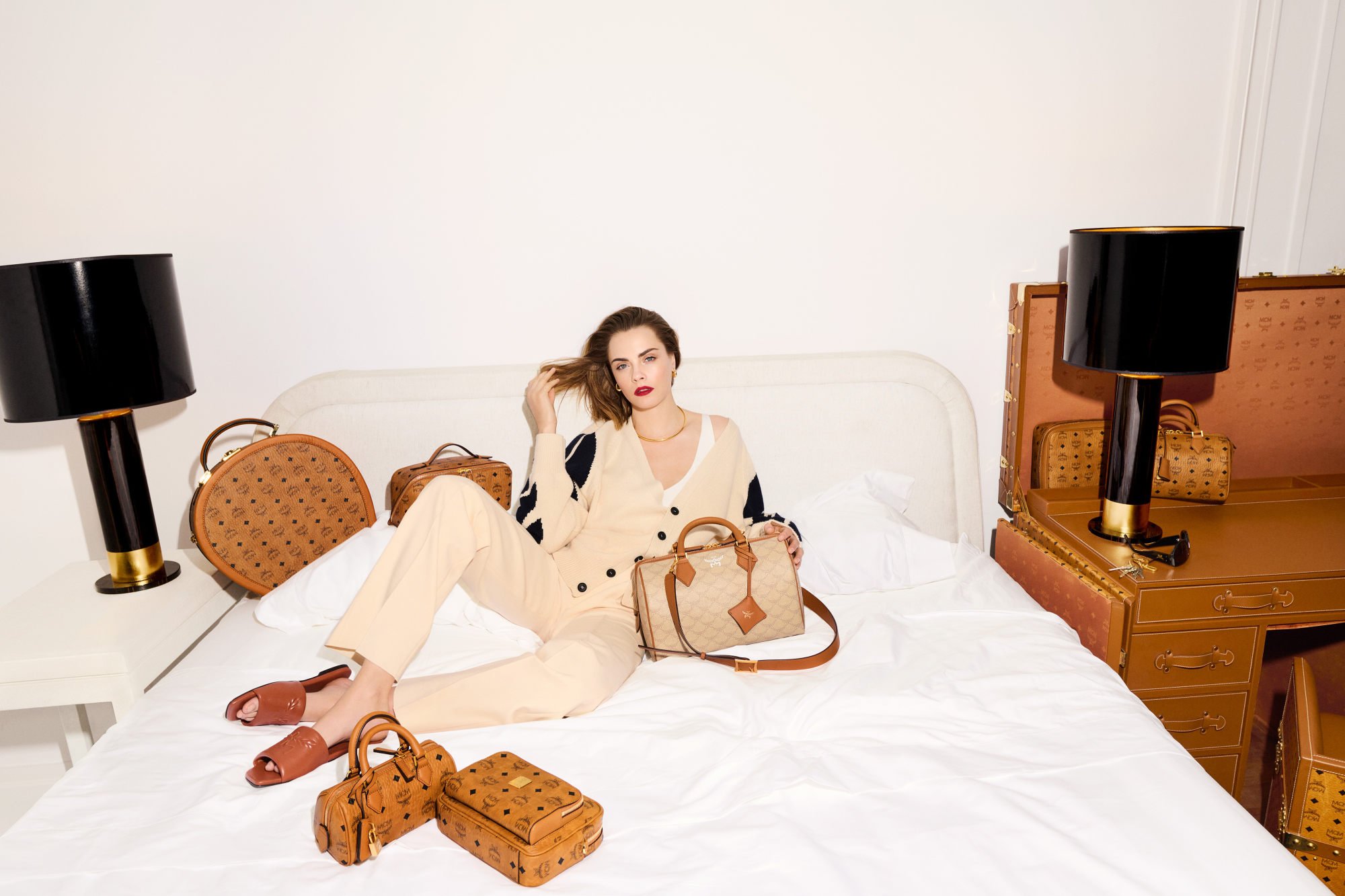
Credit: Source link
